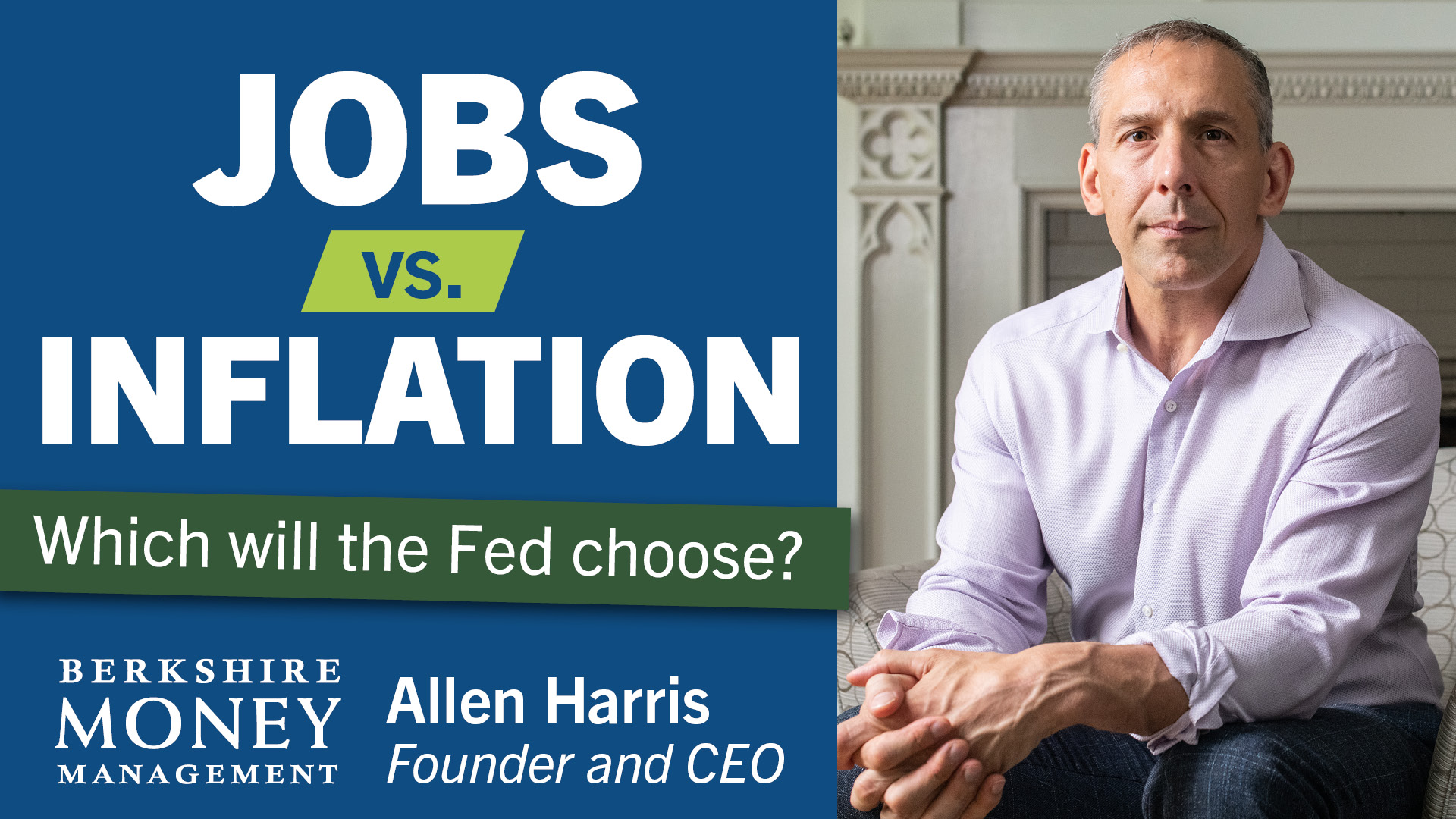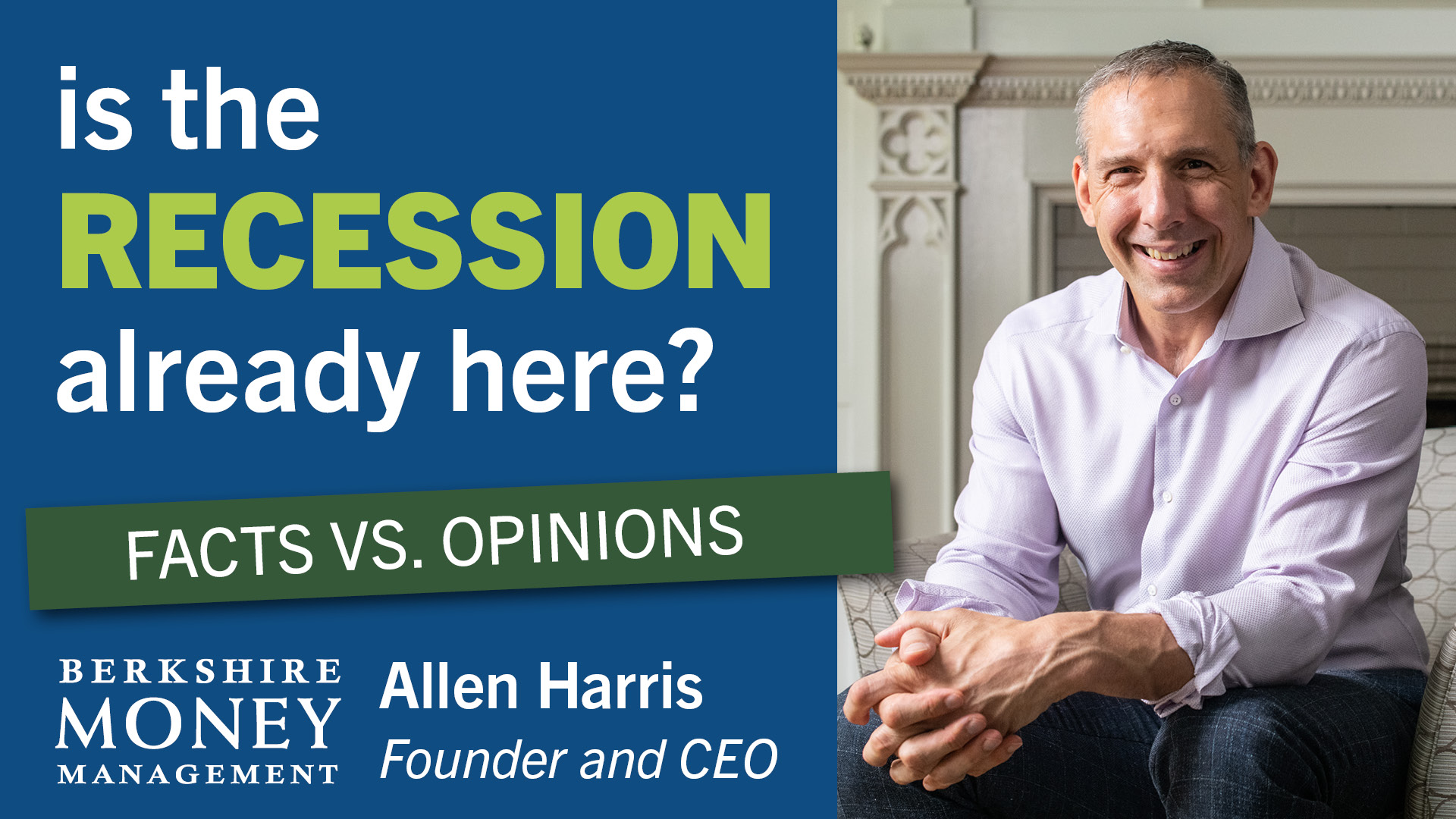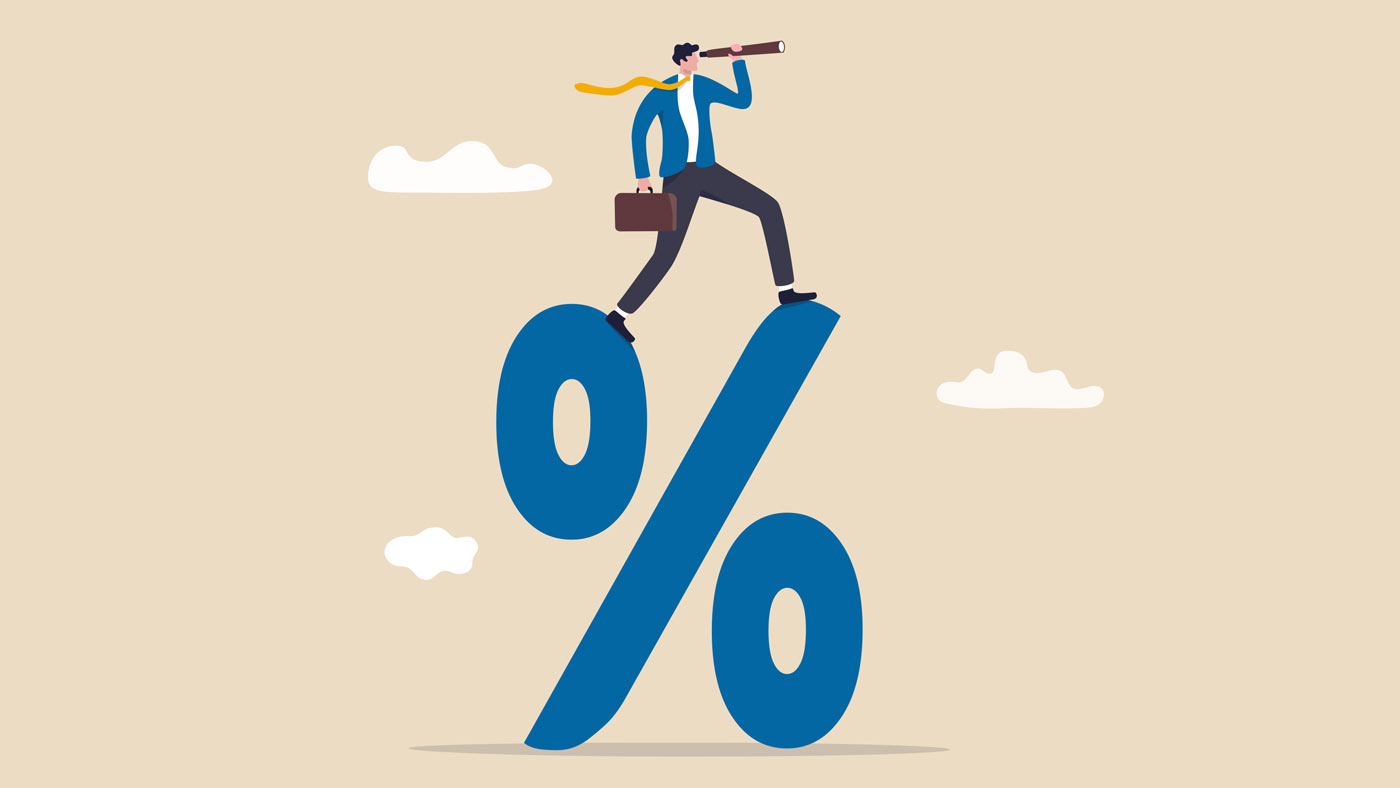Veblen Goods: Microeconomics

Good morning class. Today, in Microeconomics 901, we are going to learn about “Veblen goods.”
As you all know, microeconomics consists of two groups — businesses and people. Microeconomics is the study of decisions made by firms regarding the allocation of resources. It is also the study of the prices people are willing to pay in trade for goods as resources.
The rational expectation is that as the price of a good goes up, demand declines. Conversely, as prices drop, it is a rational expectation that people will buy more of that same good.
Is the adjective “rational” subjective? According to acquirers of Veblen goods, it is. The demand for a Veblen good defies traditional economic theory. The need for Veblen goods increases as prices rise — even if the good remains substantially the same.
I never learned about Veblen goods in economics class. I first became aware of them through a rock band. In college, a friend of mine was the manager of his brother’s band. The band was trying to book shows at universities across the nation, but it wasn’t going so well. They were charging $500 per gig, and they weren’t booking enough shows to justify putting in the effort of trying to get on schedules.
On a whim, they decided to do one more push. However, this time the band jacked up their price ten-fold and decided to charge $5,000. The audacity! I mean, they weren’t getting booked at $500, so who in the heck wanted to hire them at $5,000? It turns out, everybody!
The band started booking gigs across the nation. They didn’t do anything different. The marketing was the same. The playlist didn’t change. But people wanted to hire them at $5,000 — including some of the same people who didn’t want to hire them at $500. The increase in demand was due solely to the rise in price.
How stocks and investments are like Veblen Goods
Some story stocks and investments are like Veblen goods. People see the price of a stock go up, and they want to buy it. Those stocks can go up because of something as asinine as a Wall Street analyst said it would. In proper Veblen form, it has become common, in recent months, for Wall Street analysts to raise their price targets on investments in reaction to higher prices. Nothing meaningful at the company changed. What changed is the stock went up in price and blew past their price target. In response, the analyst says something like, it has ‘more room to run.” In other words, the stock price is going higher because, well, the stock price is going higher.
Am I going to give you a lecture today on those stocks? No. I merely want you to be aware of the flip side of that coin. Owners of Veblen goods, including investments, are likely to sell them if their price declines. And it may go down the same way it went up — quickly and without explanation.
I am on board with the strategy of riding your winners. However, with what looks like an abundance of high-flying story stocks reaching nosebleed levels, it’s my job to remind you that you don’t go broke taking profits. Or, at least, buying some portfolio insurance.
Jobs
According to a December survey by the National Federation of Independent Businesses (NFIB), 32% of respondents said they are having difficulty finding qualified labor. I suspect that the survey, as well as a relatively high ratio of job openings, presages a faster-than-expected rebound by the U.S. labor market. There were 6.527 million job openings in November, which approximates 61% of unemployed people. That ratio bottomed at 22% in April 2020, which was above the 16% trough in July 2009 as the economy began healing from the Great Recession. Following the Great Recession, job openings did not reach November 2020’s 61% ratio for nearly six years.
I think that job growth will gather steam and bring the unemployment rate down faster than many professional forecasters’ scenarios. I expect the jobs recovery will be quicker than following most recessions, and certainly faster than following the Great Recession. This recovery will be more like an economic setback following a natural disaster and less like those setbacks when businesses restrain hiring expenses as they rebuild their balance sheets.
Money, Money, Money
One of the reasons prices of seemingly everything is up from 10-months-ago levels is because money supply growth had been on fire. Money supply is often measured by M2, which includes things like physical currency and checking deposits. What M2 giveth in terms of asset prices, M2 can taketh away. As you can expect, I keep track of M2 to ensure it’s not about to taketh away from my investment portfolios.
For the fourth quarter of 2020, M2 advanced by a record 24.4% year-over-year, to a record-high of $19.1 trillion.
Before 2020, the largest yearly increase in M2 was 12.6%, in the second quarter of 1983. Over the following 18 months, the average year-over-year increases of real Gross Domestic Product (GDP) was 7.1% inflation as measured by the Personal Consumption Expenditure Index (or PCE), grew by 3.9%.
The amount of liquid financial assets held by households and nonprofit organizations was up 21.2% in the third quarter of 2020. The previous record of growth in household liquidity was 16.6% in the second quarter of 1971. Over the next 12 months, the annual growth rate of nominal spending was 8.8%.
It’s not wise for me to project similar GDP, inflation, and spending rates based solely on money supply; it’s just one variable. However, the massive amounts of money in the system remain a tailwind. I’ll be watching to see if that begins to unwind.
This article originally appeared in The Berkshire Edge on January 18, 2021.
Allen Harris is the author of “Build It, Sell It, Profit: Taking Care of Business Today to Get Top Dollar When You Retire,” as well as the owner of Berkshire Money Management in Dalton, managing investments of more than $500 million. Unless specifically identified as original research or data-gathering, some or all of the data cited is attributable to third-party sources. Full disclosures: https://berkshiremm.com/capital-ideas-disclosures/. Direct inquiries to [email protected].
Allen is the CEO and Chief Investment Officer at Berkshire Money Management and the author of Don’t Run Out of Money in Retirement: How to Increase Income, Reduce Taxes, and Keep More of What is Yours. Over the years, he has helped hundreds of families achieve their “why” in good times and bad.
As a Certified Exit Planning Advisor, Certified Value Builder, Certified Value Growth Advisor, and Certified Business Valuation Specialist, Allen guides business owners through the process of growing and selling or transferring their established companies. Allen writes about business strategy in the Berkshire Eagle and at 10001hours.com.





